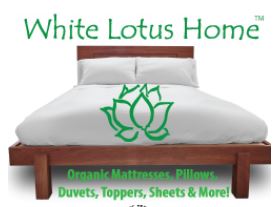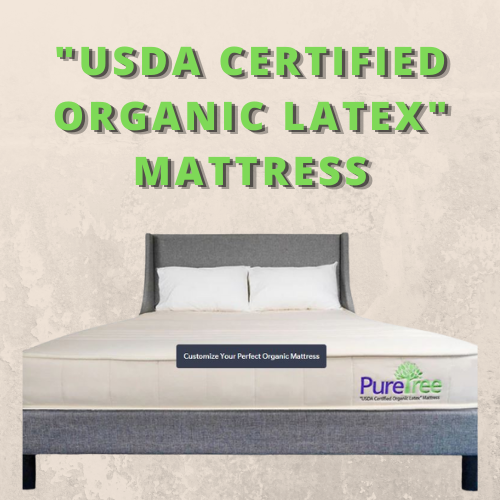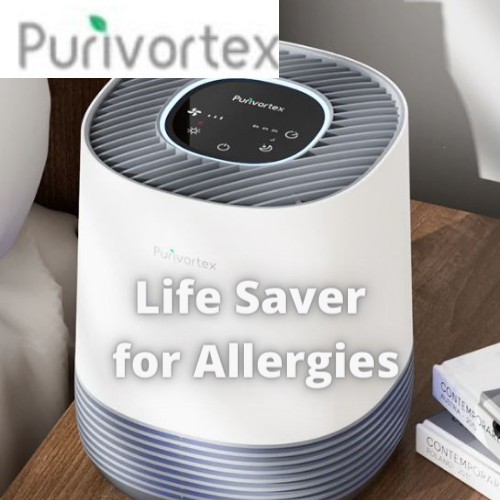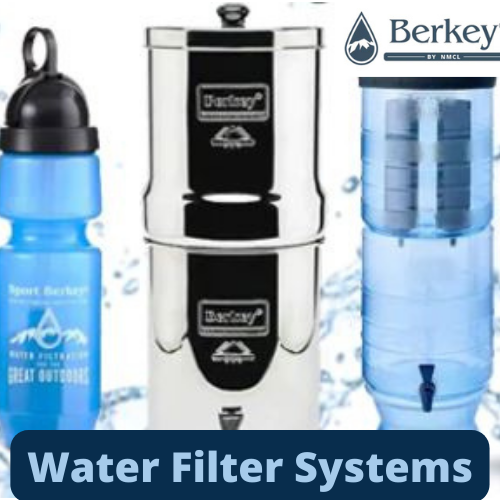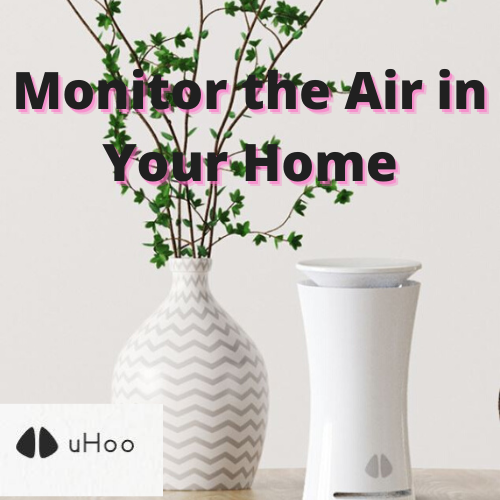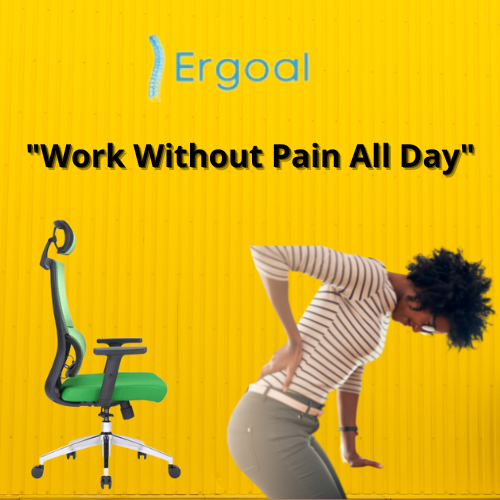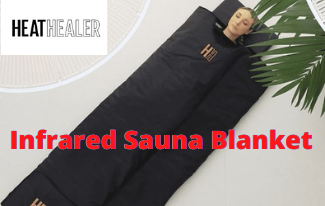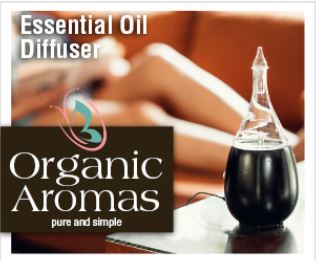Is it necessary to floss your teeth? In the dental school, the answer was, “only the ones you want to keep.” But it’s a little more complicated than that. While flossing may be helpful in preventing gums from gingivitis, the act of flossing unhealthy gums can introduce harmful bacteria into your bloodstream. In a healthy individual, that generally would not present a problem, but in some, not so rare, cases, the pathogenic oral bacteria could cause harm elsewhere in the body. The three questions I hear most often are: 1) Is it necessary to floss every day? 2) What type of toothpaste and mouthwash should I be using? 3) What order should I floss, brush and use mouthwash?
To Floss or Not to Floss? That is the Question
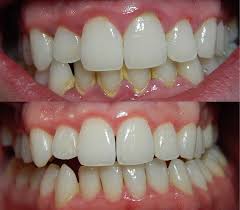 Your oral homecare impacts overall health in a big way. The bacteria taking up residence in your bleeding gums can, if disturbed by ill-timed flossing, set you up for systemic infections. The most dangerous is sub-acute bacterial endocarditis.
Your oral homecare impacts overall health in a big way. The bacteria taking up residence in your bleeding gums can, if disturbed by ill-timed flossing, set you up for systemic infections. The most dangerous is sub-acute bacterial endocarditis.
First, take notice if you have symptoms of gum disease. This may include bleeding gums, puffy or swollen gums, heavy plaque and/or tarter (calculus), gum recession, tooth mobility, or increased spacing between teeth. Flossing or even a professional cleaning (without first greatly reducing the anaerobic (oral bacterial population living under the gums) could introduce pathogenic bacteria into your bloodstream.
So, should you floss or not? The more appropriate question should be how and when should you floss for best oral and systemic health?
What Happens When You Floss?
Flossing is not just to remove food from in between your teeth. If you are flossing correctly, a clean part of the floss goes underneath the gumline of each tooth to loosen the bacterial-containing plaque and bring it out to the surface where the plaque can then be brushed away.
The conventional dental recommendation is to brush first, floss second, and then end with a rinse. This brings up a potential problem – brushing first will not get to the disease-causing bacteria under the gum. Flossing then disturbs the remaining sub-gingival pathogenic bacteria that tooth brushing was unable to reach. In fragile bleeding gums, the disease-causing bacteria can then enter the systemic circulation.
Here’s a different routine
Change the Order to 1)Rinse with Mouthwash, 2)Floss, then 3)Brush
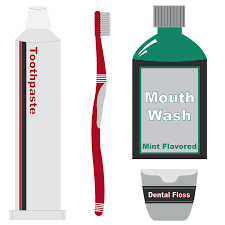 While most commercial mouthwashes are alcohol-based and touted for fresher tasting breath, they are generally ineffective in neutralizing the disease-causing bacteria under the gums. One way to reduce the sub-gingival bacterial population under the gum is to use a mouthwash that contains pure essential oils and healing herbs.
While most commercial mouthwashes are alcohol-based and touted for fresher tasting breath, they are generally ineffective in neutralizing the disease-causing bacteria under the gums. One way to reduce the sub-gingival bacterial population under the gum is to use a mouthwash that contains pure essential oils and healing herbs.
Essential oils such as lavender, peppermint, or tea tree oil are powerful antibacterial substances that can penetrate the gums through to the sub-gingival plaque where the harmful anaerobic bacteria live. You don’t need a lot to be effective, but you should keep the oils in contact with your gums for at least a full minute before you spit out.
Bring the Disinfected Plaque Out from Under the Gums with Floss
You’ve rinsed with an essential oil-containing mouthwash. Now it’s time to floss out the disinfected plaque from under the gum.
The techniques described hear apply to natural teeth. If you have bridgework, implants, splinting, braces or appliances where you can’t floss between teeth, you will need to use aids such as floss-threaders, interproximal brushes, rubber tips, and irrigators – another discussion.
The Technique of Flossing – Get a System
 Take about 2 feet of floss. Wrap the floss around your fingers to make it taught. Use a clean piece of floss for each tooth. Your tongue can help guide the floss to the hard to reach back teeth.
Take about 2 feet of floss. Wrap the floss around your fingers to make it taught. Use a clean piece of floss for each tooth. Your tongue can help guide the floss to the hard to reach back teeth.
It’s important to get a system of flossing that ensures you get every surface of every tooth. I start on the bottom mid-line and move to the lower back right. Then go back to the mid-line and floss to the lower back left. Next move to the upper back left and then proceed to floss toward the mid-line, continuing to the upper back right. I make sure to include flossing behind the last tooth in each arch.
What Type of Floss Should You Use?
You can find waxed, unwaxed, flavored, nylon, cotton and more. Unwaxed can be more efficient in removing plaque, but it may not be the most practical if you have tight contacts. In that case, find a floss that uses natural beeswax and essential oils for fresh taste.
Whatever you use, flossing consistently and systematically done at the appropriate time with the most health-supportive products, is much better for your oral and overall health then not flossing.
Now it’s Time to Brush Your Teeth
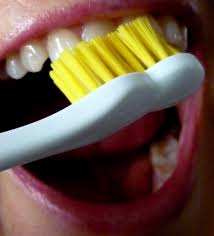 You’ve rinsed first to disinfect subgingival plaque. Next you’ve flossed to bring the plaque, made less harmful, out from under the gums up to the surface. Now you can brush your teeth!
You’ve rinsed first to disinfect subgingival plaque. Next you’ve flossed to bring the plaque, made less harmful, out from under the gums up to the surface. Now you can brush your teeth!
Again, you need a routine, a technique, the most healthful products, and enough time to do a thorough job. When brushing at the gumline, use a 45-degree angle in a vibrating motion on 2-3 teeth at a time and then flicking the brush away from the teeth to brush out the plaque.
Here’s what I do. You can have your own routine. Just do it the same way each time as not to skip over any surfaces. Doing this thorough job will take longer than the usual 20 seconds. Give it 2 minutes.
- Start with the occlusal (top) surfaces of the back teeth, bottom then upper on each side
- Next brush at a 45-degree angle at the gumline at outside upper right and lower right
- Then outside upper and lower left
- Move next to inside lower and upper left
- Go to inside lower and upper right
- End with brushing your top front teeth inside and outside
- Then the lower outside and inside, turning the brush vertically.
What Should You Use to Brush Your Teeth?
 There are many toothpastes to choose from. Whether it’s whiter teeth, reducing sensitivity, fresher breath, anti- plaque, I look to see the ingredients. Most commercial toothpastes will disclose that you should call poison control if a small amount is swallowed. That ingredient that is referred to is most likely fluoride. I stay away from sweeteners except for xylitol. Other things to avoid are sodium lauryl sulfate, parabens, artificial flavorings or colors, fragrances, or carrageenan. Ingredients should be Non-GMO. Choose one with essential oils and natural ingredients. And with any toothpaste, you only need a pea-size amount, not a whole ribbon.
There are many toothpastes to choose from. Whether it’s whiter teeth, reducing sensitivity, fresher breath, anti- plaque, I look to see the ingredients. Most commercial toothpastes will disclose that you should call poison control if a small amount is swallowed. That ingredient that is referred to is most likely fluoride. I stay away from sweeteners except for xylitol. Other things to avoid are sodium lauryl sulfate, parabens, artificial flavorings or colors, fragrances, or carrageenan. Ingredients should be Non-GMO. Choose one with essential oils and natural ingredients. And with any toothpaste, you only need a pea-size amount, not a whole ribbon.
You can easily make your own toothpaste. Hydrogen peroxide mixed with organic baking soda to a paste with a drop of peppermint or tea tree oil is amazing for gum health and makes a freshening and very effective whitening toothpaste.
The type of toothbrush you use, could be the standard brush or electric. Advantages of an electric toothbrush is that it has you pay attention to each tooth and it’s timed for two minutes. You can, with your routine, get great results with a regular toothbrush.
Bristles should be soft to medium (don’t be too hard on your gums) and can be straight or angled. Toothbrushes made of natural materials are environmentally more friendly than the plastic ones piling up in landfills.
Don’t Stop There for a Healthier Mouth
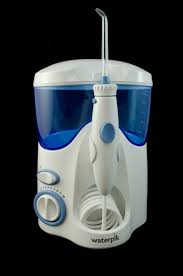 There is one more step in oral home care. Flush out the gums with an oral irrigator or water-flosser. Add an essential oil to the water reservoir or some colloidal silver to help further reduce the bacterial population. Make sure to flush the tubing through with fresh water after each use.
There is one more step in oral home care. Flush out the gums with an oral irrigator or water-flosser. Add an essential oil to the water reservoir or some colloidal silver to help further reduce the bacterial population. Make sure to flush the tubing through with fresh water after each use.
In our office, the dental hygienist used an oral irrigator with natural anti-microbials before and after using dental cleaning instruments around the gums. Only plain pumice mixed with hydrogen peroxide was used to polish the teeth.
So, there you have it for oral homecare. Of course, brushing and flossing alone won’t keep your mouth healthy. Infections and inflammation in the mouth are generally a symptom of systemic issues. You must take care of yourself physically and emotionally. Eat a nutritious diet, exercise, manage stress, and bring joy into your everyday life. All these things will have an impact on your oral and overall health.

About Us
As holistic dentists, we've recommended products and services that supported our patients’ health for decades. In experiencing our own health challenges from mercury toxicity, we worked closely with many natural, alternative, and integrative health practitioners who aided our recovery as well as our patients’. We built this site to provide you with a simple-to-use, comprehensive, informational, and functional resource for your physical, emotional, and spiritual health & well-being.





